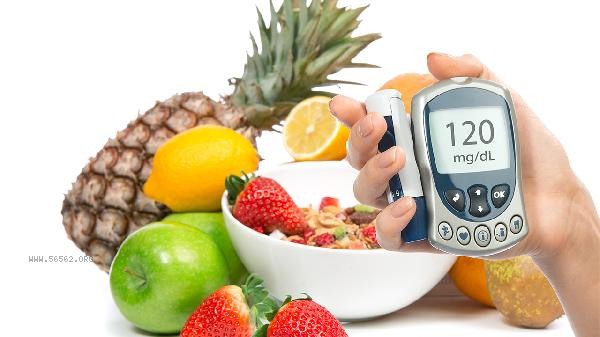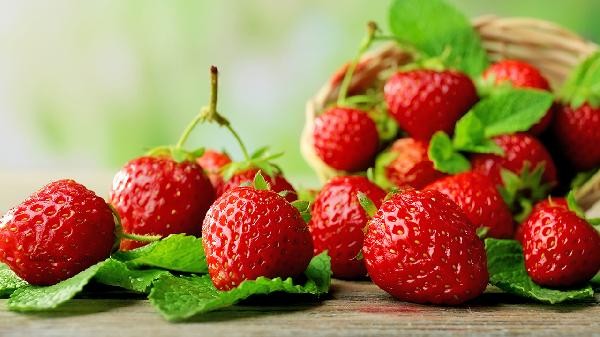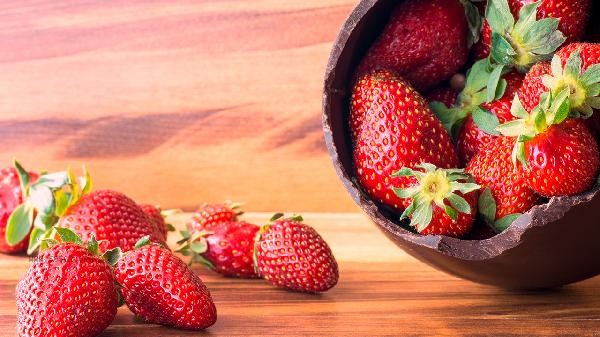strawberries with fully cut leaves are generally difficult to survive, but there is still a certain possibility of recovery if the roots, stems, and growth points are preserved. Strawberry plants mainly rely on leaves for photosynthesis, and completely cutting off leaves can lead to interruption of nutrient synthesis. The leaves of strawberries are the main organs of photosynthesis, responsible for converting sunlight into the energy needed for plant growth. If only some old or diseased leaves are removed, and healthy new leaves and central growth points are retained, plants can usually recover growth through new leaf regeneration. In this case, it is necessary to ensure that the soil moisture is suitable, avoid direct sunlight, and supplement appropriate nitrogen, phosphorus, and potassium balanced fertilizers to promote the sprouting of new leaves. If all leaves and growth points are completely cut off, the plant will lose its photosynthetic ability and new tissues, and the root system will not be able to obtain nutrient supply, ultimately leading to the death of the entire plant. Even if some roots and stems are preserved, it is difficult to sprout new shoots without growth points. For plants with accidentally cut leaves, it is advisable to place the rhizomes in a moist and loose substrate to maintain a semi shaded environment. In rare cases, dormant buds may germinate again.

During daily maintenance, at least one-third of the healthy leaves should be retained when pruning strawberry leaves, and heavy pruning should be avoided during high temperature seasons. After pruning, it is necessary to strengthen water and fertilizer management, use humus soil to improve the soil, and regularly spray potassium dihydrogen phosphate foliar fertilizer. If the plant wilts, it should be shaded and moisturized immediately, and concentrated fertilizer should not be applied before new leaves grow. It is recommended to use a batch pruning method, where only the lower old leaves are removed each time and the heart leaves are retained to maintain photosynthetic efficiency.










Comments (0)
Leave a Comment
No comments yet
Be the first to share your thoughts!